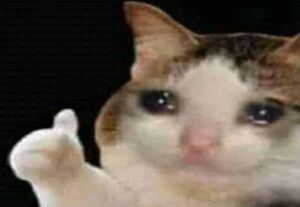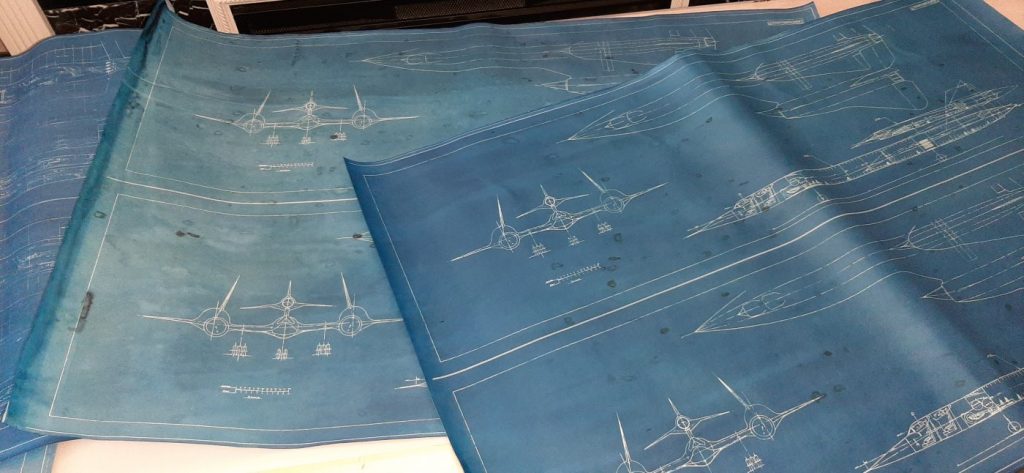Russia’s war in Ukraine has driven home the usefulness of dropping things from quadcopters. They can carry surprising payloads a good distance and place them with some fair accuracy; in war, payloads such as grenade, mortar shells, RPG warheads are obvious and useful choices.
But then there’s this:
It’s not immediately obvious why the owner of a heating & cooling company would use a drone to drop dye packs into private and motel swimming pools. This makes the pools undesirable for swimming and costs the owners large sums to not only flush the pools but clean them. And it does not seem like his business benefits from that; if his company specialized in pool maintenance, it’d make sense. Maybe he just doesn’t like swimming pools.
The dye packs seem unlikely to be much of a health hazard… even if they are somewhat toxic, the sickly green color would dissuade people from getting in the water. But there are other things that could be easily dropped that would be much less obvious and far more dangerous. If the drone operators goal was terrorism or simple mayhem, I can think of a *lot* of things that could be dropped in a pool (or elsewhere) that would be nightmarish.
The goal of *most* crimes is not terrorism. Most criminals, I suspect, would be just as happy if their crimes went un-noticed. In those cases, drones are somewhat limited. They are useful for smuggling… crossing borders with drugs, say, or dropping drugs, phones, weapons, cash into prison yards. Most crime would seem to involve some sort of theft, and, so far, quadcopters seem of limited utility there. Given that shoplifting is not only a largely unopposed crime, in many of the worst districts it’s not even a *crime* anymore, you hardly need to make much effort to technologically innovate in the field.
Maybe there’ll be a bank robbery (or a heist movie) where the thieves get out of the bank and, instead of trying to escape with large sacks of cash, they hook them to waiting drones. The cash flies off, and now the thieves are unburdened as they attempt to make their escape.
And then there’ll be the *darker* bank heist movie: drones are used to make off with the sacks of cash. But that’s not the end: on some sort of predictable basis, subsets of that cash are released by drone over a public area. So people begin to gather in their masses to snag the bills. And then once a big enough crowd is gathered, another set of bills is dumped on them. This time, though, the bills have been soaked in smallpox or some such…








